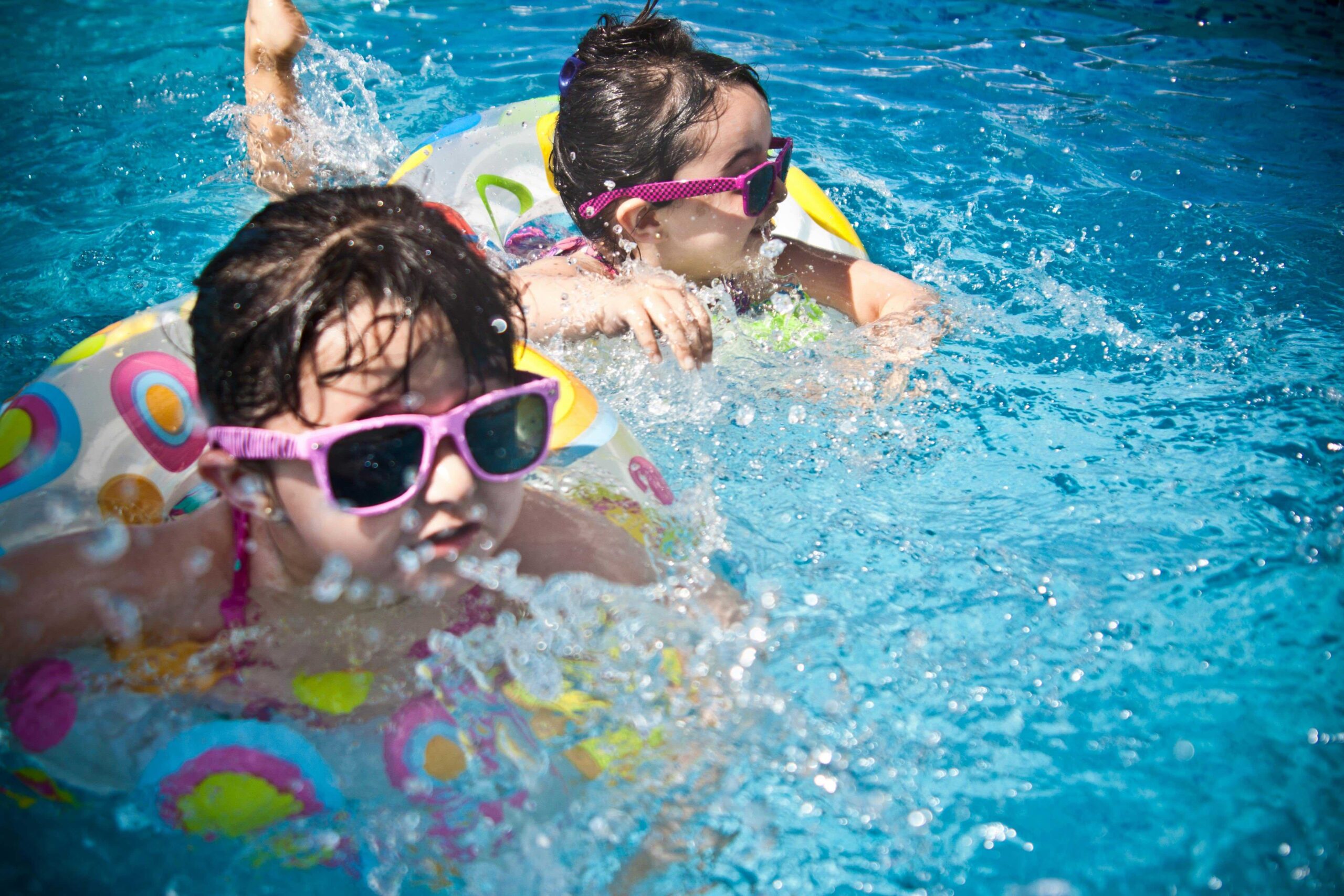Most parents eagerly anticipate toilet training as a milestone in their child’s development, if for no other reason than as a means to end changing diapers. However, few parents are prepared for how long toilet training can sometimes take. Some children master it within a few days, but others can take several months. In general, the younger your child is when you start to toilet-train, the longer it may take. Potty training is one power struggle the parents cannot win; the child will always be in control.
 Both you and your child have a better chance of success if you understand the elements of training and approach the process in a clear fashion prepared with some strategies. Toilet training takes patience, luck and time for it to be successful. Pushing a child who is not ready can create tension around this natural process. When this happens, toilet training becomes charged with anxiety and disappointment even regression is possible.
Both you and your child have a better chance of success if you understand the elements of training and approach the process in a clear fashion prepared with some strategies. Toilet training takes patience, luck and time for it to be successful. Pushing a child who is not ready can create tension around this natural process. When this happens, toilet training becomes charged with anxiety and disappointment even regression is possible.
“The most important thing is that there’s both a physical ability to be toilet trained and an emotional readiness,” – Dr. Fabian Gorodzinsky, associate professor of pediatrics at the University of Western Ontario in London.
According to the Canadian Paediatric Society (CPS) in Ottawa, most children are physically able to start toilet learning by 18–24 months, and are fully trained by age 4. “Physical readiness and emotional readiness are two entirely separate and distinct things” – Ann Douglas, author of The Mother of All Toddler Books (Wiley, 2002).
There are several signs that your child is mature enough to start training. These may include:
- An interest in the bathroom
- The child showing they want to do many things independently on their own
- A pattern of staying dry for many hours at a time
- Your child verbalizing they are wet or need to be changed
So, how do you start? Find fun things to do while they sit and wait for success to happen:
- Sing songs or read together. A good tip is to use books that are new and interesting that remain bathroom reading material only. In order for them to read it, they must be sitting on the toilet.
- Start slow, use an egg timer. Make each attempt at sitting last for a few moments only, then gradually increase that time. Having your child set the timer is also a good way to improve on fine motor skills and control and can increase number recognition.
- Make the toilet fun and interesting – add food coloring!
- Make successes and attempts rewarding moments. Praise them; announce to others about how proud they should be about the “Big Girl/Boy” who is now using the toilet.
- Stickers and stamps for efforts can also be a good visual reminder for all their attempts.
- Put the child in charge by asking them the following: “Do you want Mommy or Daddy to take you?” or “Do you want to sit alone or with me?”
- Accidents will happen. Do not scold or punish your child for them. Be “matter-of-fact” and reassure your child that it’s okay and that they will get better with practice and you can try again later.
- Have additional clothes readily available and choose strategic times in the day, such as before bed, just after waking up or before you leave the house.
Consistency is the key. Start toilet training with set-time intervals. If the child has just had an accident, making an attempt 10 minutes later may not be the best idea as their bladder is already empty. Use your knowledge of how long they can stay dry. Pay attention to signals from your child that they are beginning to feel uncomfortable, and encourage them to communicate with you when they need to go.
Potty training is a wonderful opportunity for you to bond more closely with your child as you jointly help them become more aware of their bodies. The most important things to remember for toilet training is to wait until your child and family are ready and to make it a positive experience. Be patient, and look forward to the days ahead of freedom from diapers.


